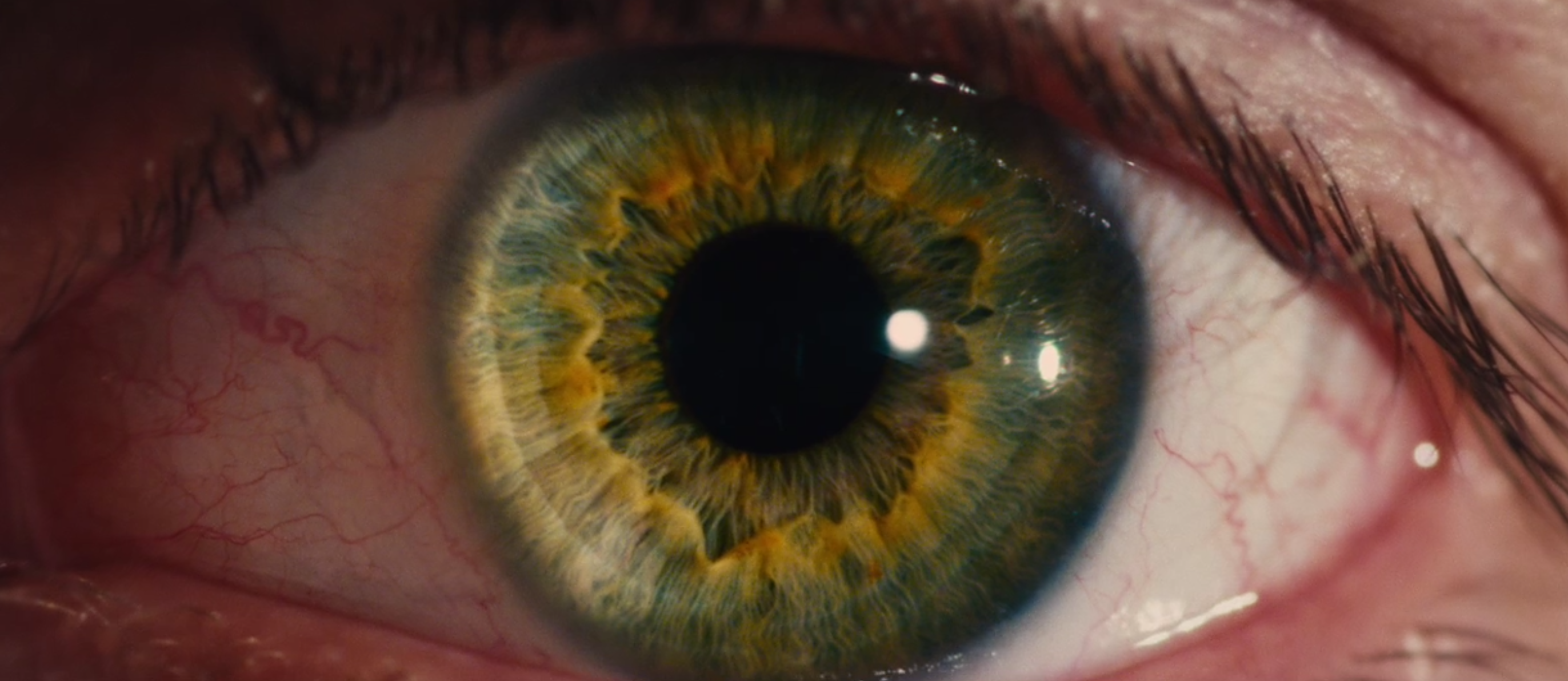Common eye conditions and terminology
Astigmatism
Astigmatism is a general inability of the eye to focus clearly at any distance because the curvature of the cornea is not symmetrical. Instead of being spherical, the cornea has more curvature in one meridian than the other. In other words, the eye’s main focusing element has two curvatures, shaped like a football instead of a basketball.
Nobody has a perfectly symmetrical cornea, but the distortion is so slight in most eyes that it does not significantly affect vision. However, possessing more than a slight degree of astigmatism can be a major refractive problem. Astigmatism is often combined with myopia and hyperopia.
Myopia (Nearsightedness)
Myopia, or nearsightedness, is one of the most common refractive errors afflicting people of all ages. It is characterized by objects appearing clear when up close and blurry when farther away. When a person is nearsighted, this means their eye is too long in relation to the other focusing elements, or the cornea is overly curved. As a result, the light rays connect at a point in front of the retina and begin to separate before they can be properly focused, which causes blurry vision.
As such a prevalent eye condition, myopia is most often treated with temporary solutions like glasses or contact lenses. Surgical options include: LASIK, PRK, LASEK, ICL’s or RLE to reduce, if not completely eliminate, the need for corrective eyewear.
Hyperopia (Farsightedness)
When you suffer from hyperopia, or farsightedness, nearby objects appear blurry, while those farther away are typically much clearer. This occurs when the cornea is not curved enough or the eye is too short in relation to its focusing components. As a result, light does not have enough space to focus correctly onto the retina and, therefore, goes beyond the correct point, causing blurry vision. Hyperopia is commonly confused with presbyopia, which is an age-related change to your vision. However, being farsighted can occur at any age and is often inherited genetically, while presbyopia is typically first noticed around age 40 due to the aging process.
Presbyopia
Everyone considering refractive surgery should be aware of the natural condition of aging known as presbyopia. It is a gradual loss of the ability to focus on near objects and is sometimes referred to as “old age vision”. When your eye ages…When a person is young, the natural lens of the eye is soft and flexible enabling it to change shape to focus on near objects. But as the eye ages, the lens loses its flexibility and can no longer vary the focus of the eye. This condition usually becomes noticeable some time between 40 and 50 years of age.
People with normal vision up to that time find it increasingly difficult to focus on near objects, like words on a page, and need to resort to wearing glasses for reading and other close up activities. Those who have their vision brought to a normal range (20/20) with refractive surgery can expect this same condition to develop as their eyes age.
Eye Conditions
How the eye works:
- Dry Eyes
- Ocular Nutrition
- Blepharitis and Eyelid Margin Disease
- Ocular Rosacea
- Tearing in Adults
- Pterygium and Pinguecula
- Corneal Abrasion and Erosion
- Chalazion
- Corneal Diseases and Transplants
- Keratoconus
- Fuchs’ Corneal Dystrophy
- Conjunctivitis
- Herpes Simplex Eye Disease
- Herpes Zoster Eye Disease
- Thyroid Eye Disorders
- Uveitis
- Cataracts
- Posterior Yag Laser Capsulotomy
- Glaucoma
- Macular Degeneration
- Diabetic Retinopathy
- Retina
- Retina Detachment:
More information
Independent websites with useful information, NHS, RCOphth etc
Who is LASEK suitable for
What is the recovery time?
Book Your Consultation
Please book your consultation online by clicking the enquire now button below and filling in your details. Our team will get back to you as soon as possible.
